First of all there are the similarities you simply cannot miss. Both cars place their turbocharged engines in the middle of two-seat bodies, for instance, and what power those engines produce is sent to the rear axle only.
Then there are the similarities that aren’t immediately obvious, such as a commitment to reducing weight that borders on the obsessive and a shared preference for open rather than limited-slip differentials.
And then there are the similarities you cannot identify until you drive the two cars back to back over the same road. These similarities are not only the most hard-won but they are also far and away the most intriguing. We will come back to those a little later on.
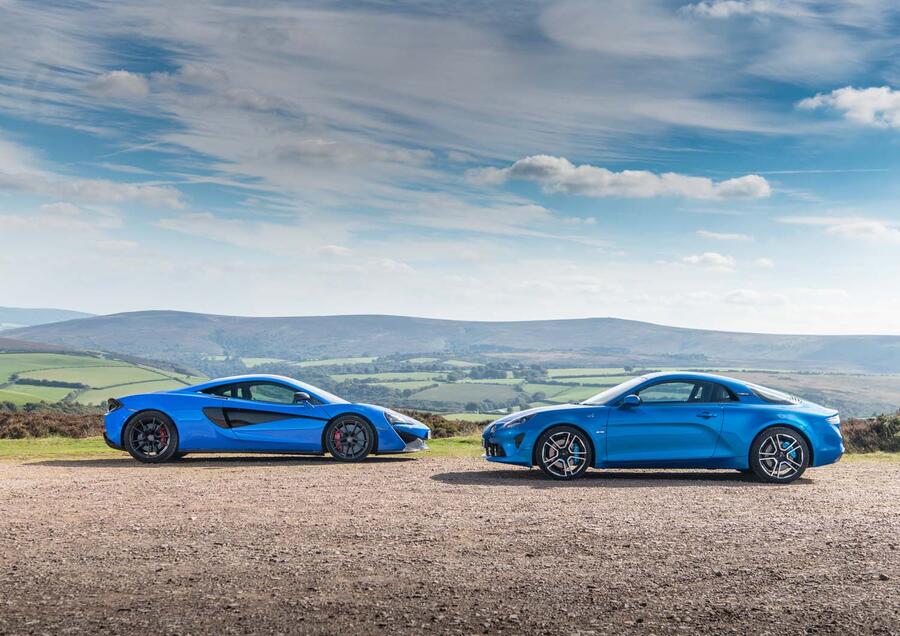
For all that the dainty Alpine A110 and the McLaren 570S have in common, it is impossible to ignore the number of quite prominent things that keep the two cars so far apart. Cost is the big one. For the price of this 570S you could buy 2.9 A110s, even in top-spec Premiere Edition guise, as we have here. There is a gulf in power between the two cars, too, because while the French sports car manages to produce 248bhp, the British supercar is more than twice as powerful, with a peak output of 562bhp.
A pair of cars being similar in some ways and different in others is clearly not reason enough to go to the effort of getting those two cars together. Indeed, any two-car combination you can dream up can be described in those terms. The reason this test is happening at all, then, goes something like this: when I first drove the A110 on the outskirts of Paris earlier this year, the thought occurred that if McLaren was to build a sports car some day at one third of the price of its current cheapest model, that sports car would surely be so like the Alpine A110 that Groupe Renault would waste little time briefing its solicitors.


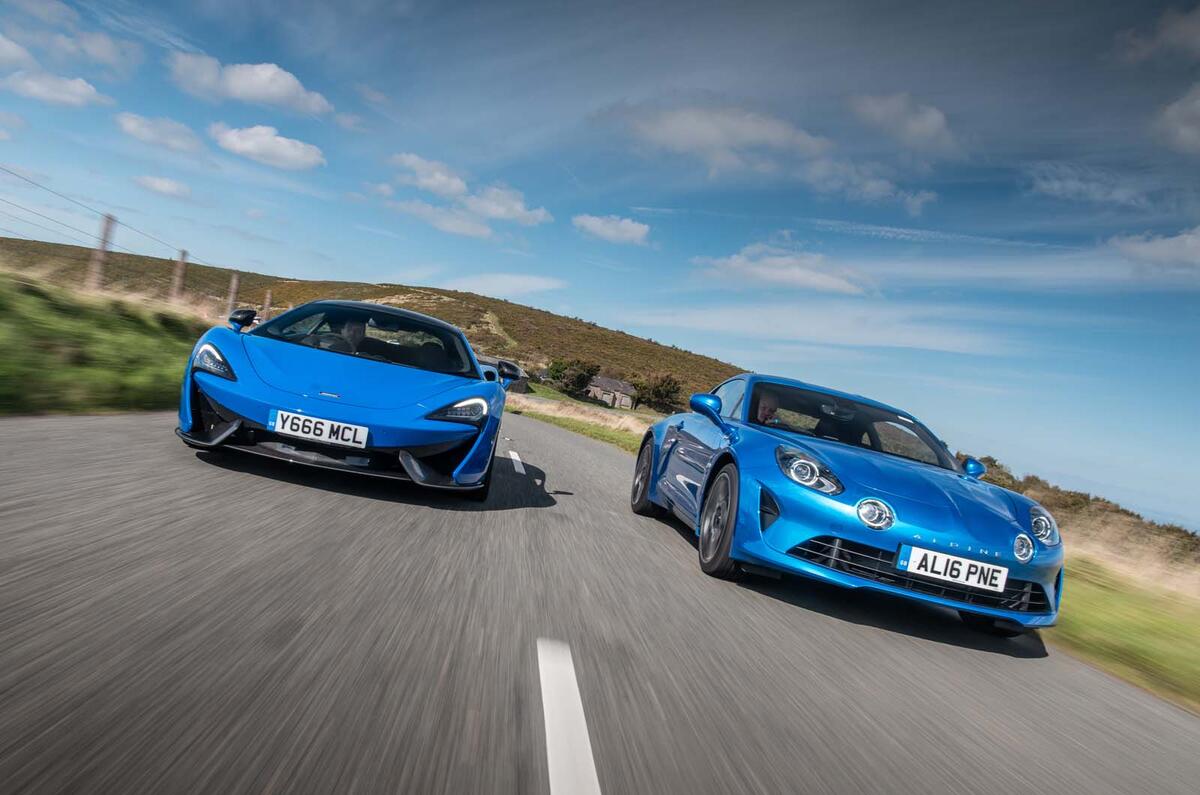
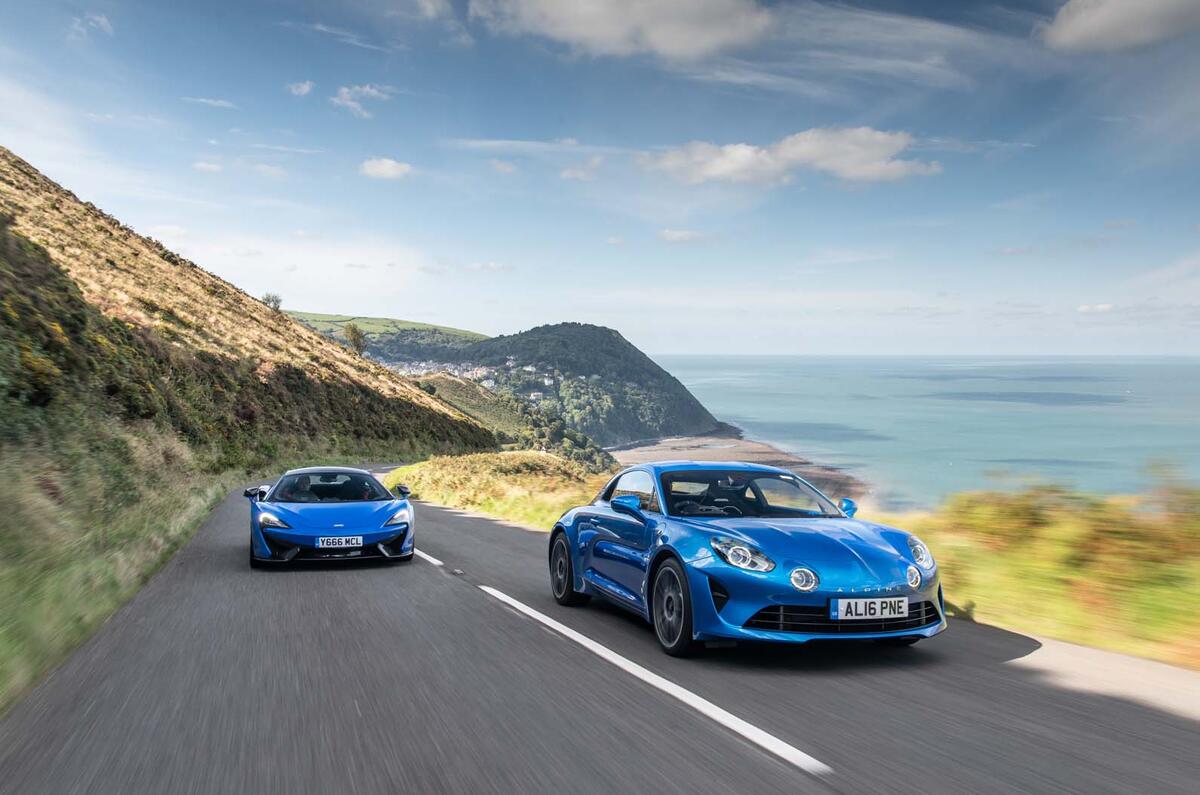
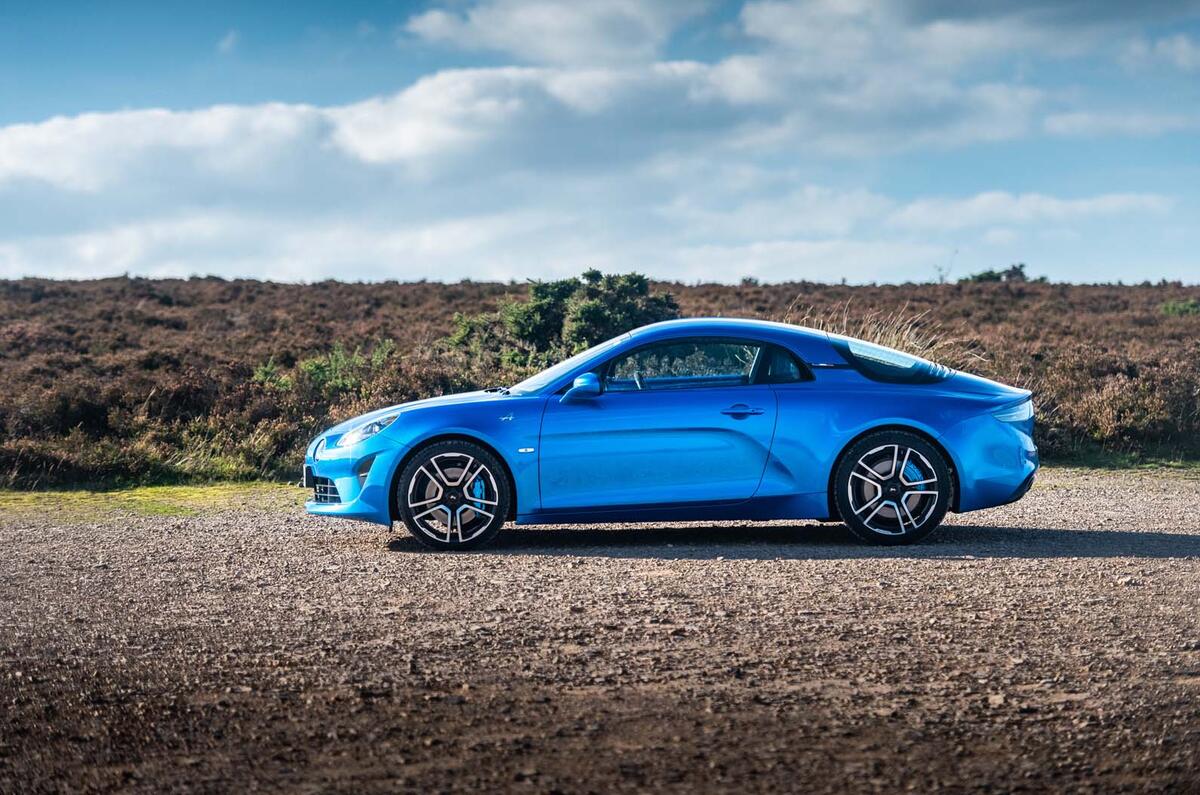
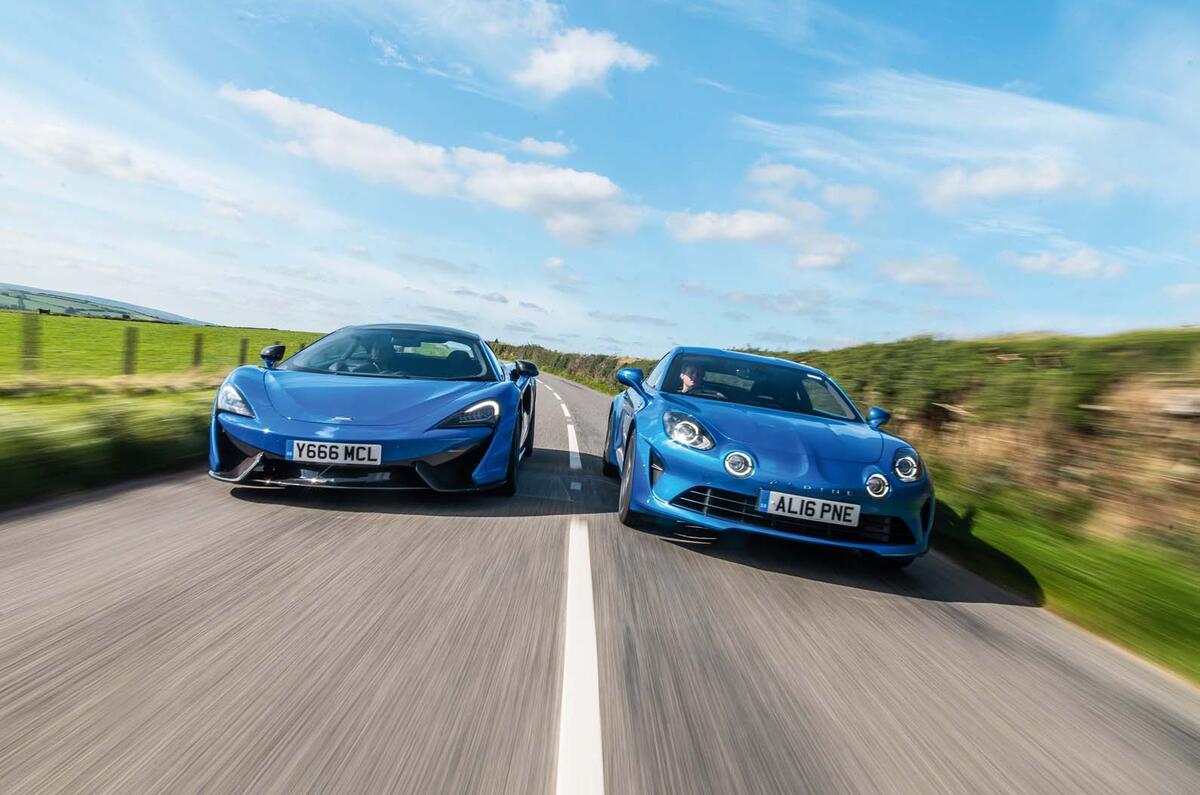
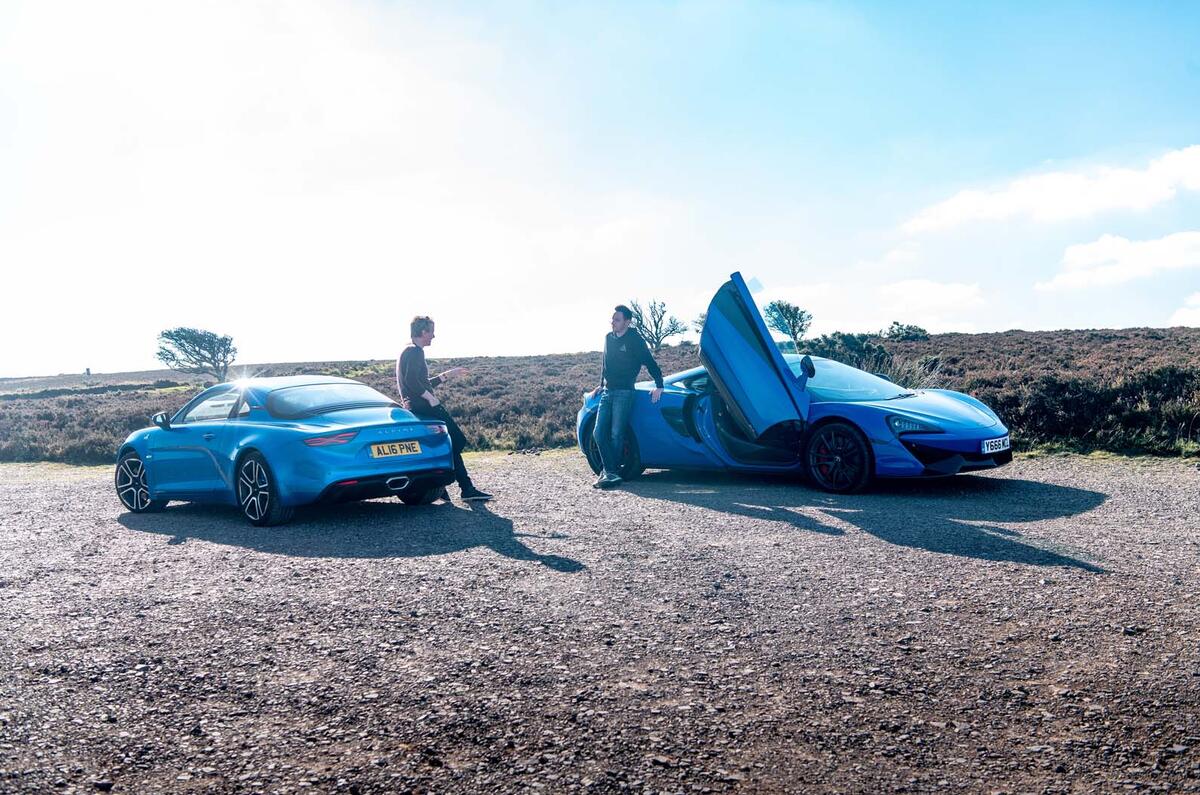
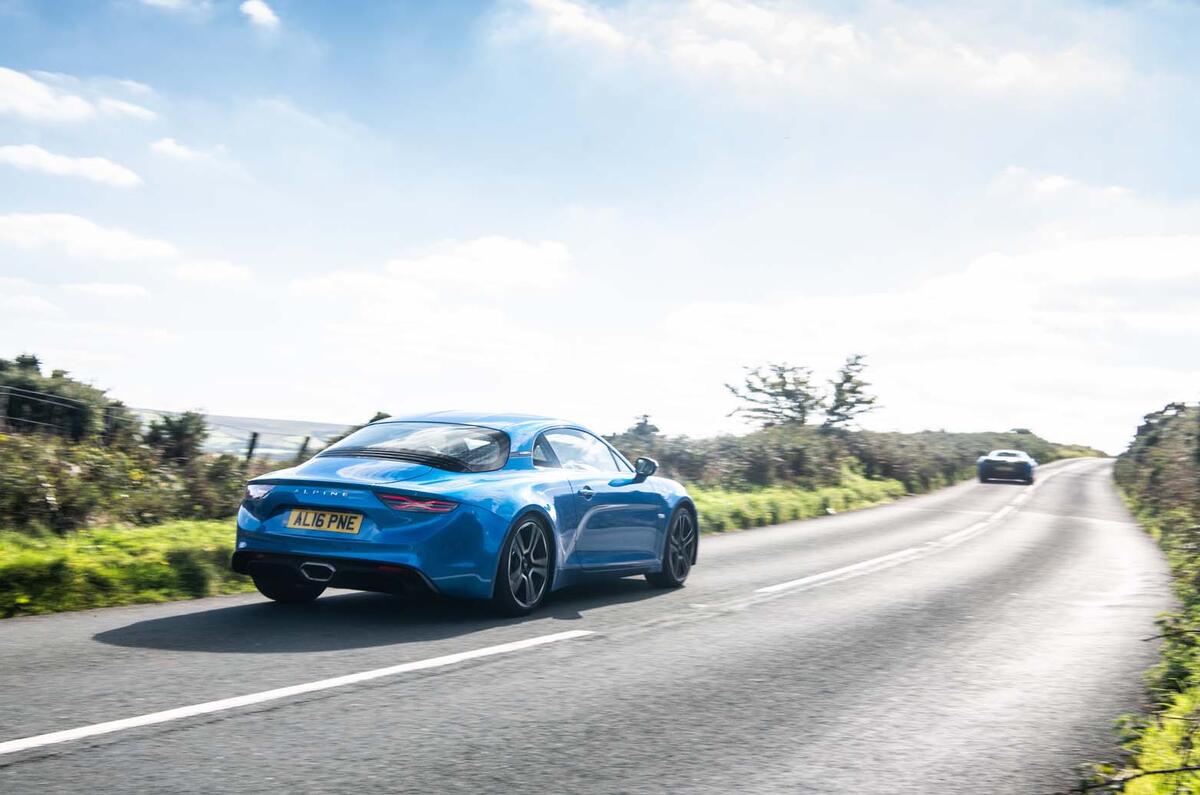
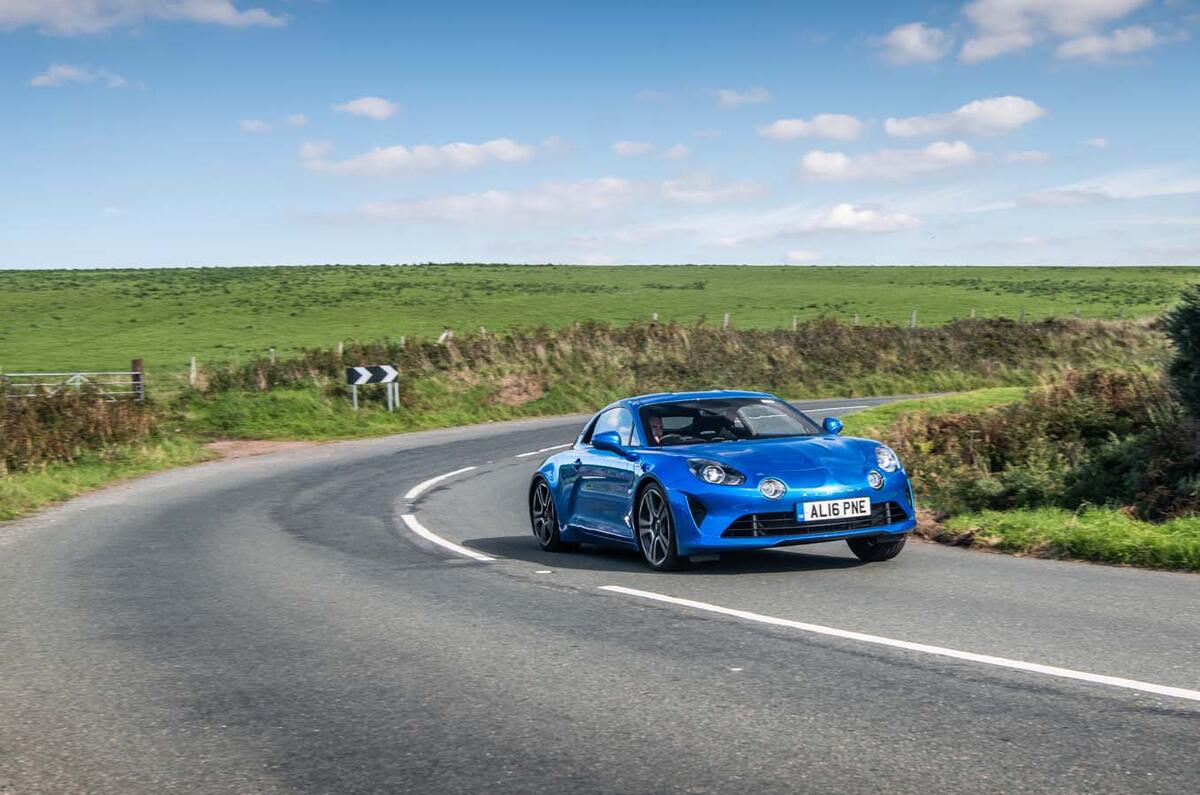
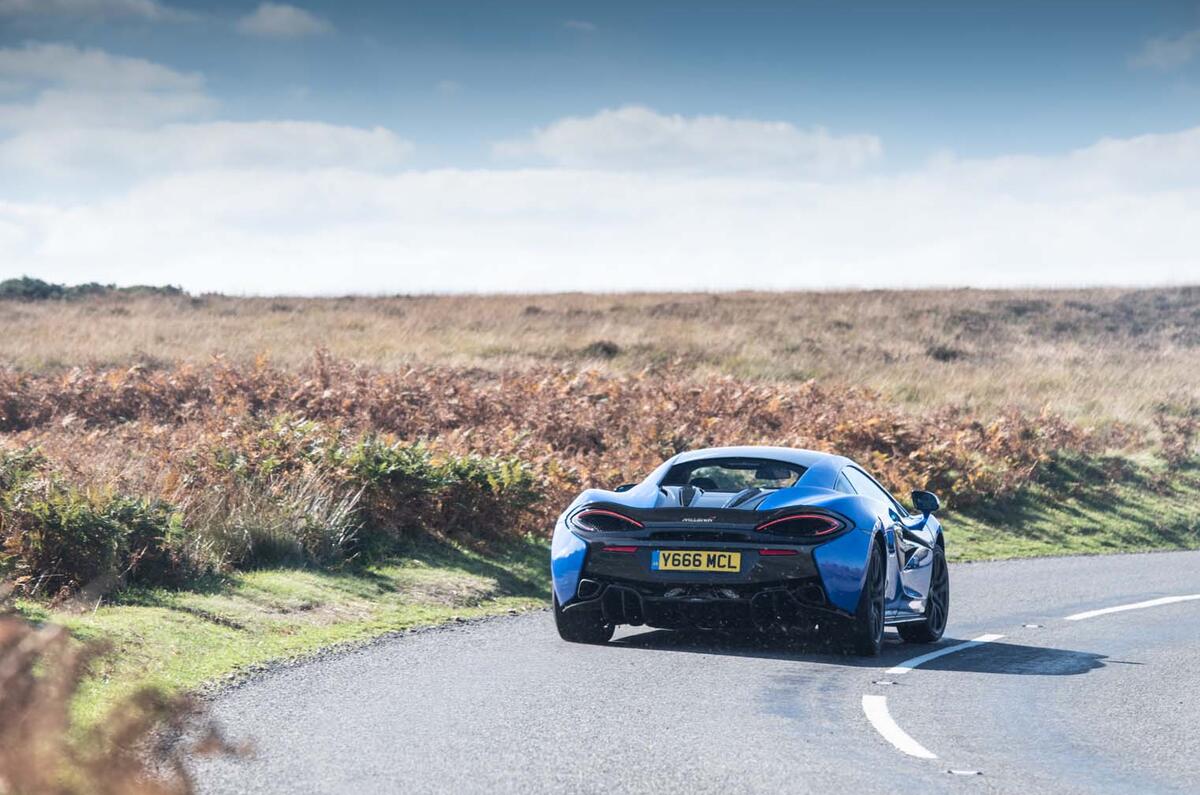
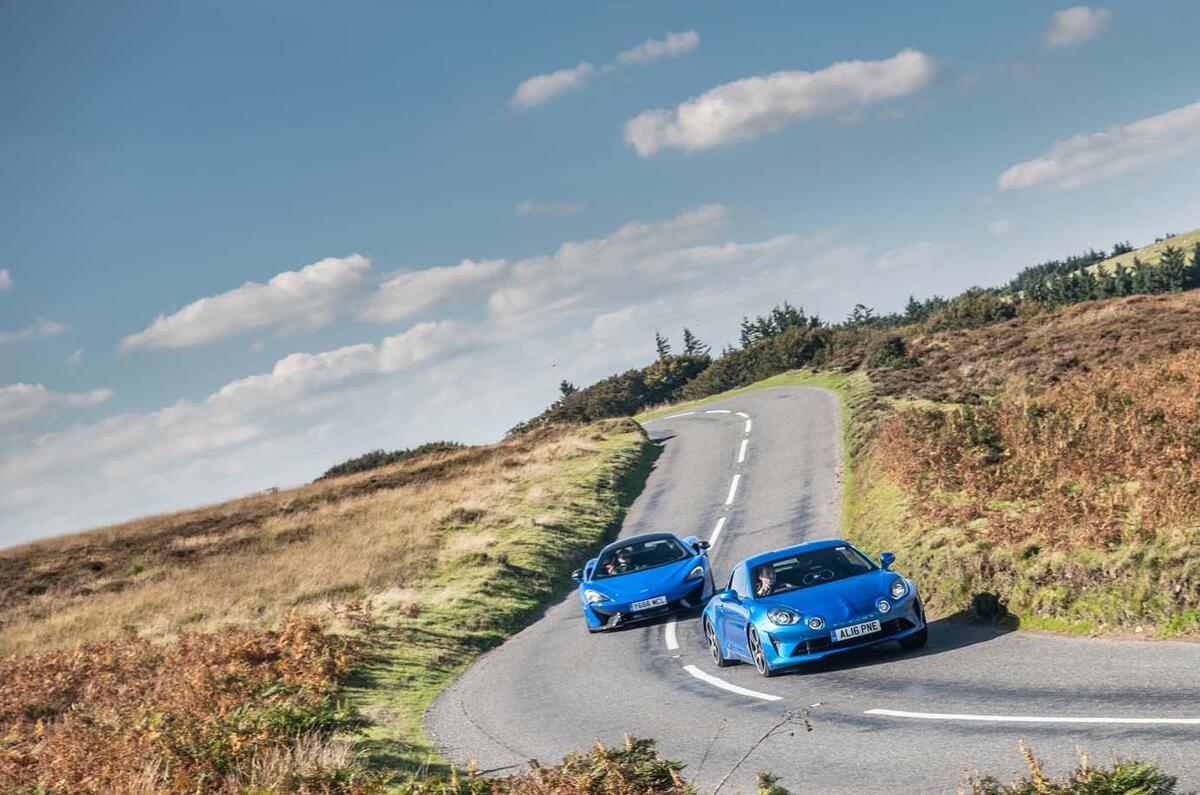
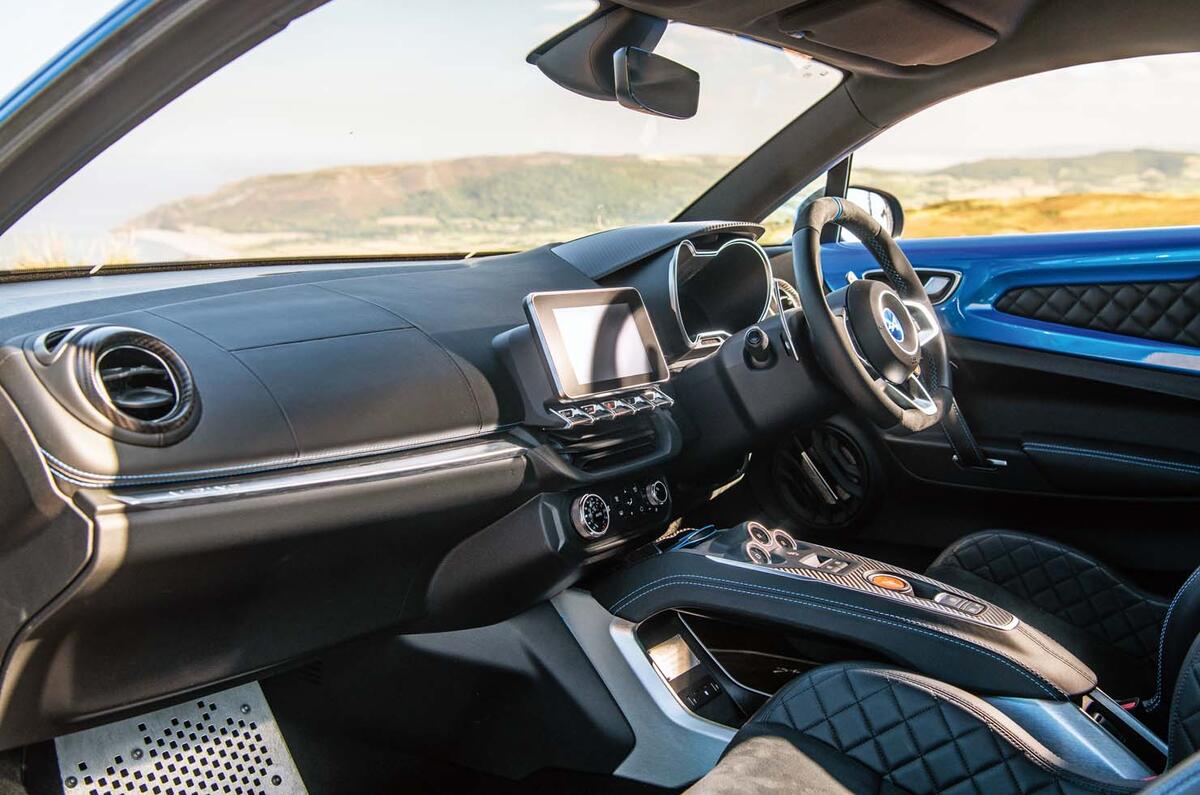
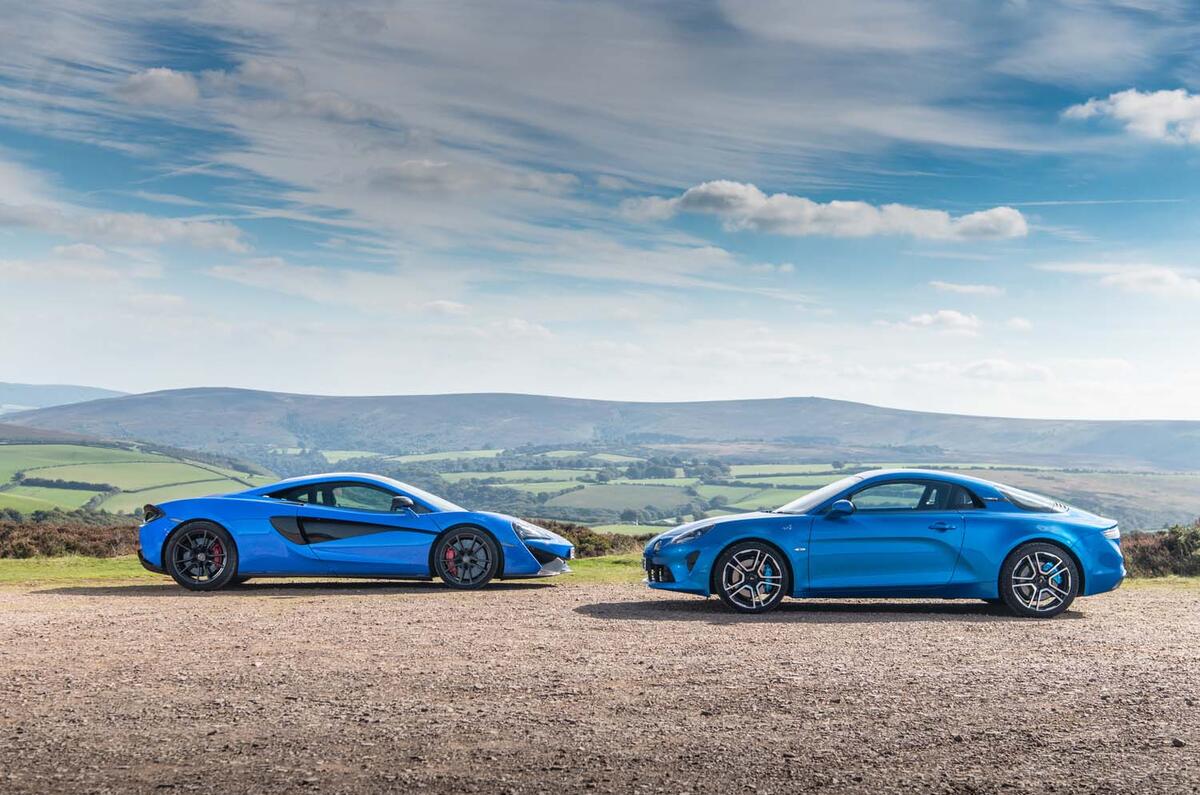
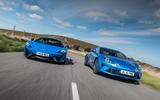
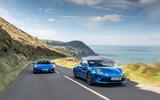
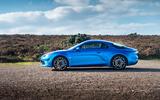
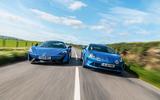

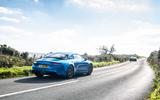
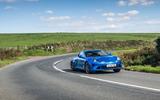
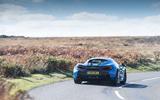
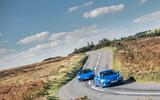
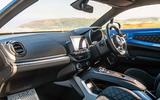

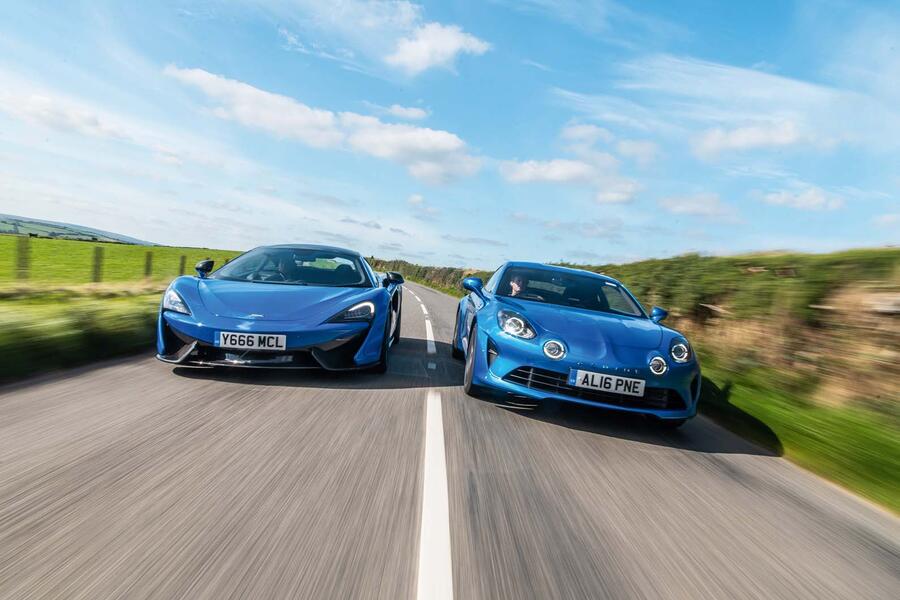
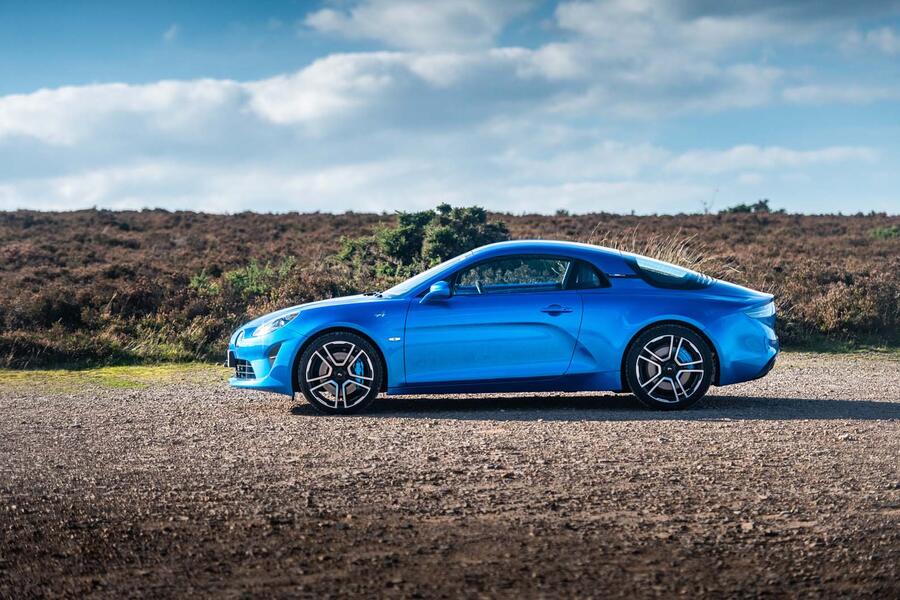
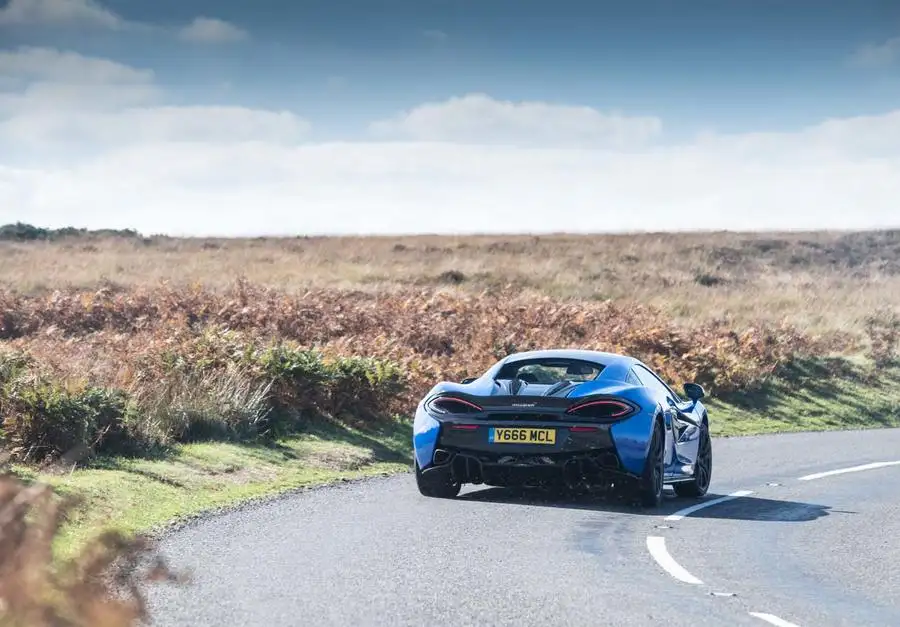
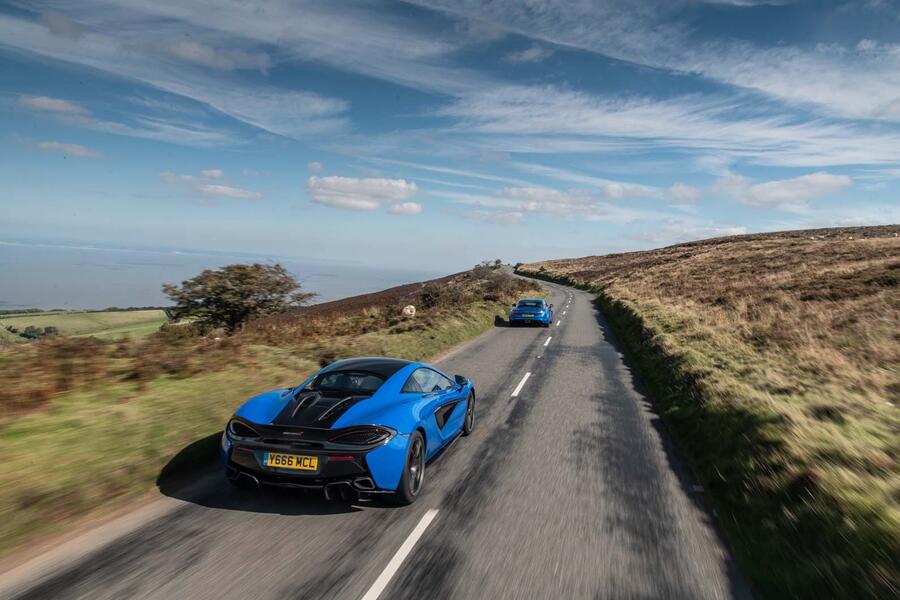

Join the debate
Add your comment
I had forgotten the Alpine
Define handling
I think marc75 is looking for a different set of handling qualities than those who would choose the Alpine? Maybe he's never driven a good RWD car?
lamcote wrote:
Not sure that rwd is necessary, m100 elans are fwd and thought to be among the finest handling cars, certainly of their era, never driven an rcz let alone an r, but until recently I had a crz (same letters, similar size) and that handled brilliantly and was immense fun on twisty country roads, within the limits of the law as well, the electric motors torque aiding to power you out of corners, the short precise gear change and even the electronically controlled throttle response in sport along with amazing turn in and feelsome, for epas, steering, made the car a joy. All that fun along with 40+ mpg and £20 tax/yr. I only sold it to buy something cheaper leaving me with a bit extra to spend on the mk1 eunos I've acquired.
RCZ R
RCZ R is more brutal thing than both (drivers words in video)- https://www.youtube.com/watch?v=os000ARBtQs ), but lacks there subtlety at less than ten tenths. Also lacks great seats. But has hydraulic steering.